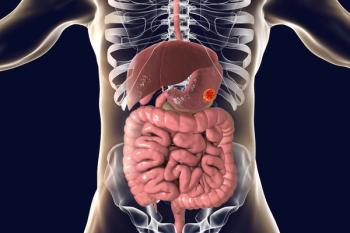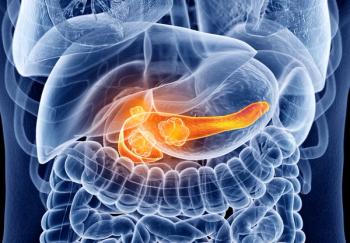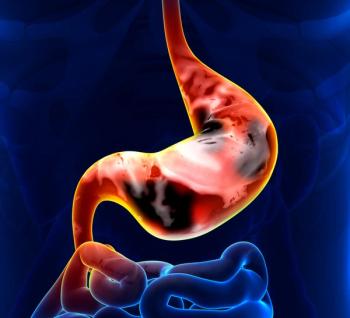
- ONCOLOGY Vol 10 No 8
- Volume 10
- Issue 8
Interval Between Colonoscopies May Be Lengthened For Some Colorectal Cancer Patients, Ochsner Study Concludes
The interval between follow-up colonoscopies may be increased from 1 to 3 years for colorectal cancer patients whose examinations are negative after 2 years, concludes a study of 389 patients at the Ochsner Clinic, New Orleans, Louisianna,
The interval between follow-up colonoscopies may be increasedfrom 1 to 3 years for colorectal cancer patients whose examinationsare negative after 2 years, concludes a study of 389 patientsat the Ochsner Clinic, New Orleans, Louisianna, reported inDiseases of the Colon & Rectum (DC&R).
"We believe this recommendation outlines appropriate andcost-effective colon surveillance guidelines for colorectal cancerpatients and will help decrease the total number of normal surveillanceexaminations," write Ochnser's Douglas A. Khoury, MD, FrankG. Opelka, MD, David E. Beck, MD, Terry C. Hicks, MD, Alan E.Timmcke, MD, and J. Byron Gathright, Jr., MD.
Current guidelines of the American Society of Colon and RectalSurgeons (ASCRS) recommend annual colonoscopies for up to 5 yearsafter a patient has surgery for colorectal cancer.
Reoperation Plus Surgery for Local Recurrence of Recal Carcinoma
Another study reported in the March issue of DC&R offers increasedhope for patients who experience a local recurrence of cancerafter surgery for rectal cancer. "In selected patients withlocal recurrence of rectal carcinoma, reoperation with irradiationmay result in good palliation and possibly cure," reportTheoWiggers, MD, PhD, Mark R. de Vries, MD, and Bernadette Veeze-Kuypers,MD, of the Departments of Surgical Oncology and Radiotherapy atDr. Daniël den Hoed Cancer Center in Rotterdam, The Netherlands.
Surgery is the most effective treatment for colorectal cancer.Even when all visible cancer has been removed, it is possiblefor cancer cells to be present in other areas of the body. Thechance of recurrence depends on the characteristics of the originalcancer and the effectiveness of chemotherapy or radiation, ifneeded, or other follow-up treatment. Patients with recurrentcancers--if diagnosed early--may benefit, or be cured, by furthersurgery or other treatment.
Articles in this issue
over 29 years ago
Deadly Human Parasite Discoveredover 29 years ago
National Program of Cancer Registriesover 29 years ago
Gut Reaction: New Locale for Antibody ActivityNewsletter
Stay up to date on recent advances in the multidisciplinary approach to cancer.

















































































